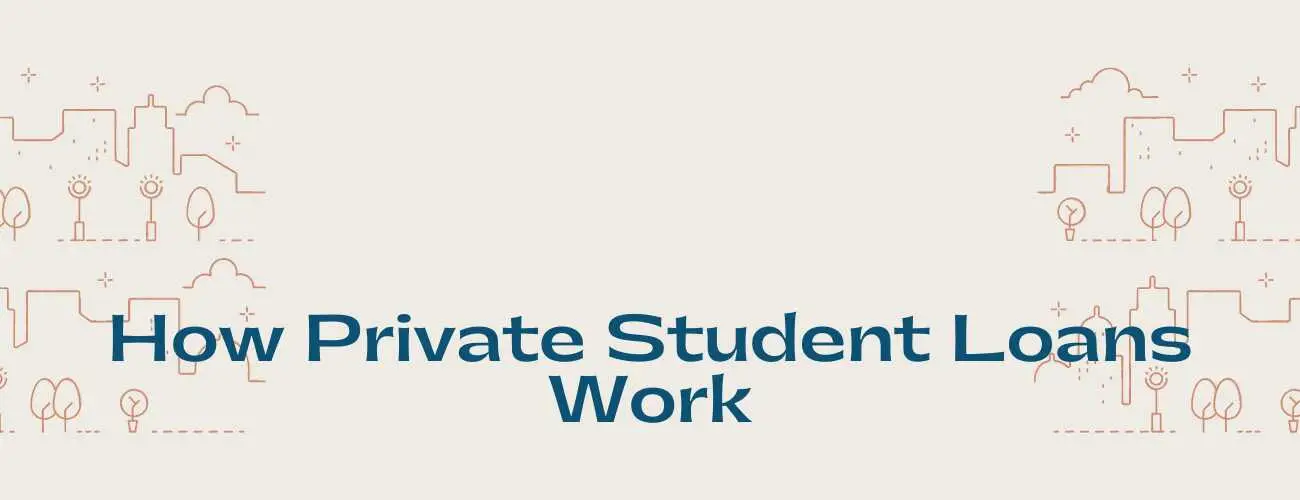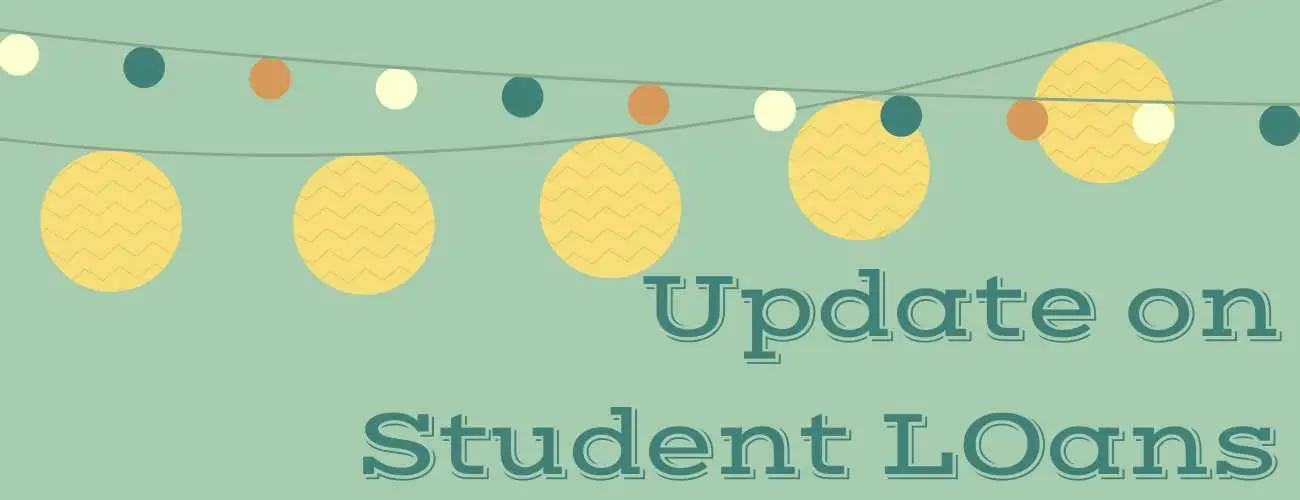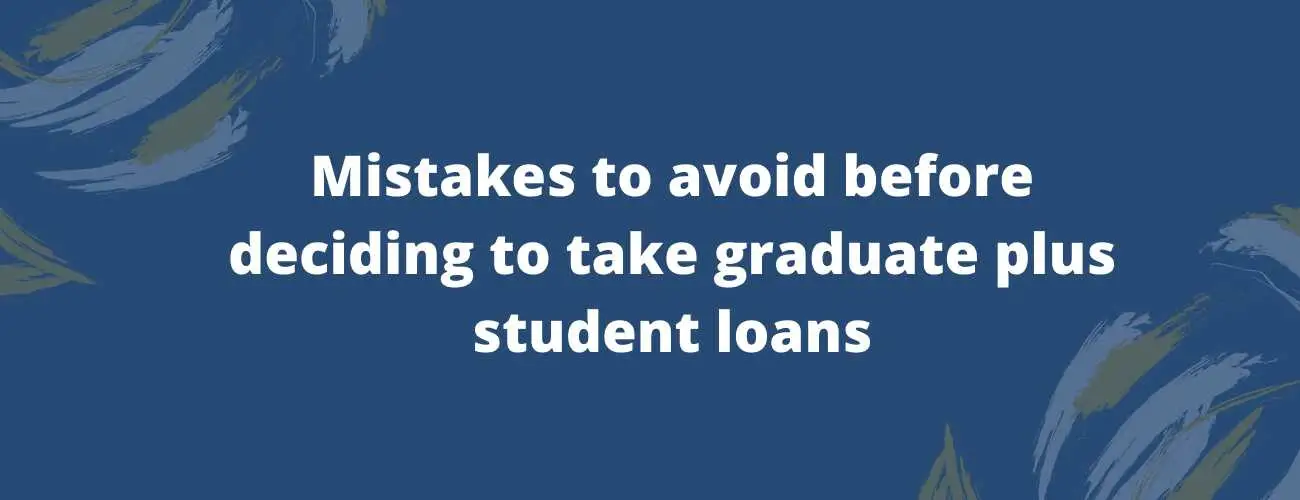Retroactive Loan Forgiveness and Fixing PSLF Rejections
In this article, learn in detail about retroactive loan forgiveness fixing. Have you been chasing forgiveness and then someone tells you that your repayment plan does not qualify while you have been told earlier that it does? Such situations can be very disturbing. Learn what you can do about it.
Updated by Chinmoy Dutta on 22nd July 2020
Public Service Loan Forgiveness is considered to be one of the best student loan programs. Under this program, the borrower has the option of getting student loan forgiveness, in entirety, in the duration of just 10 years tax-free. A lot of student loan forgiveness programs are available and can be opted for student loan forgiveness But unfortunately, PSLF is also considered as one such program which is too frustrating for the borrowers. As per the records from the Department of Education, over a third of employee certification requests are rejected.
Sometimes due to servicer errors, incorrect information was relayed to the borrowers. They were told that their loans would be eligible for loan forgiveness but later came to know that the information was wrong. It should be noted that are a number of jobs available to help get your loans forgiven. Having an in-depth understanding of the various student loan forgiveness jobs out there is crucial to see if your job can get your loans forgiven.
Let us now look into the methods by which the borrowers can address these issues with their federal student loans and the PSLF program
Table of Contents
- The Fix
- Keeping Records
- Filing a complaint with the Consumer Financial Protection Bureau
- Lawsuit options for Retroactive Forgiveness
- Keeping in contact with other borrowers
- What you should NOT do?
- Concluding Thoughts
The Fix
There is no direct fix to this situation. Ideally, it should be the student loan servicers who should retroactively fix this issue so that the borrowers do not face any kind of problem. However, in reality, neither the Department of Education nor the servicers show any inclination to work towards the correction of these issues.
Even if there is no direct approach to solve these issues, the borrowers can follow some of the below-listed approaches so that they do not get into these types of situations or if they do, they can easily get out of it.
Keeping records
‘Proof’ is what required when dealing with situations of these scenarios. The best thing that could be done in this scenario is to keep detailed records. It is therefore advised that one should communicate via emails. In this way, you can have the exact details and promises by your loan servicers.
If email is not possible, then a journal of phone conversations can also be helpful. The date and time of the call, the agent you talked to and what you were told to do. It would be unwise to expect the student loan servicers would keep themselves accountable.
It is also advised to keep the track and record of the payments and the statements. This includes the employer recertification forms too. Keeping detailed records and proof of steps taken will be helpful in correcting a loan forgiveness issue.
Filing a complaint with the Consumer Financial Protection Bureau
The CFPB has a decent track record of solving consumer problems with student loans. The CFPB has litigated lawsuits against Navient. It would be a good option for borrowers who were pursuing student loan forgiveness but were sidetracked because of the servicer’s mistakes.
The complaint to CFPB can be filed in two ways. First, filing the complaint creates a record of the issue with your student loan and makes it compulsory for the student loan servicer to respond. Second, the CFPB proceeds to take action when a complaint of a certain type starts to accumulate. The CFPB is more likely to get involved when high numbers of borrowers start filing complaints about student loan forgiveness issues and their student loan servicers.
Lawsuit options for Retroactive Forgiveness
If you have strong evidence that supports your claim for student loan forgiveness, you can take the path of litigation. However, litigating this matter could result in an expensive case as the Department of Education will not want to lose any lawsuits of this kind. It is a good choice to discuss your options
The other option available is a class-action lawsuit. The number of class-action lawsuits is significantly higher from borrowers who had their employer certification retroactively canceled. A class-action lawsuit is one where a representational plaintiff tries a case on behalf of many people who were wronged in a similar manner. In this way, the cost of a lawsuit per person is also minimized. Borrowers who think they are wronged and fall under this category can join these kinds of lawsuits
Keeping in contact with other borrowers
Resolving the situation of this kind is in a very early stage. It might happen that the Department of Education may adopt a new policy or a lawsuit might change some things. None of us can predict the future. Therefore, it is advised to keep in contact with other borrowers who are in a similar situation to make sure that you are doing everything possible to get the situation resolved. The more the people speak up, the sooner it is going to be resolved.
What you should NOT do?
It is justified to get angry and frustrated in these kinds of situations. But there are some things that one should refrain from. Such actions could only make things worse. The following is what you should not do:
-
Do not stop making payments: If you stop making payments on your loans thinking that you have met all your obligations, it will do more damage to you rather than your student loan servicer. The servicer or the government will add extra charges and might even destroy your credit score.
-
Do not vent your anger on customer service representatives: It might be incredibly difficult to talk to customer service representatives who do not understand your case properly. It is of no use arguing or venting your anger on them. They do not have the authority to fix your problem. One should remember their fight is with the company and not their underpaid customer service representatives.
Concluding Thoughts
This situation is not a good one to be in and if you got yourself in that situation, well you could try one of the above ways to help yourself. After learning that the timely repayments that you made for the last 10 years have gone waste, even if you were told you were on the right repayment plan, it can hurt beyond imagination. As bad as the situation might seem to be, they are not hopeless. Borrowers who have been wronged should gather as much proof as possible and start sharing their stories so that the government could listen and take some constructive action.



93.jpg)


28.jpg)
